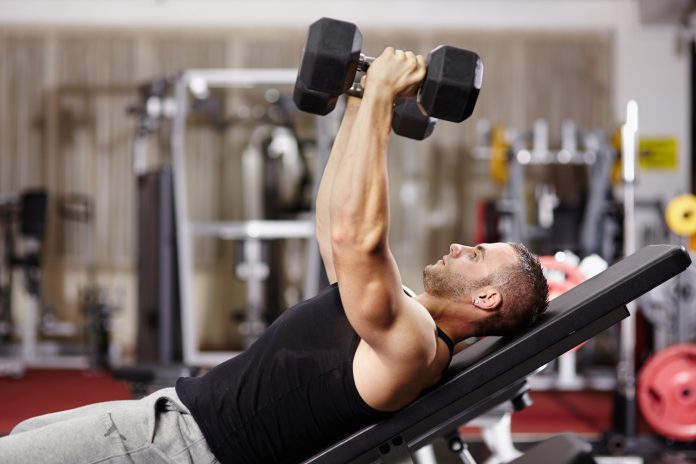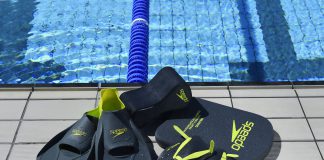Learn the movement. Master the exercise.
Most people do bench press or barbell back squat exercises in a gym before they even learn the basic mechanics of pressing and squatting – movement patterns that are essential to acquire before adding load/weight to them.
Let’s take the squat, for example. To do this movement well using your own bodyweight, you must synchronise a bend in the hips, knees and ankles as you lower down without rounding your back, caving you knees in or collapsing your ankles.
Once you grasp the skill of an effective squat, the progress onto other squatting movements – like a barbell back squat, goblet squat, or even lunges (which is basically a one-legged squat) – will become easier.
The Primary Movement Patterns
There are seven primary movement patterns that we use in daily life, as well as in all the exercises you do in a gym. These are: squat, hinge, lift, push, pull, twist and gait (walking). To master these skills effectively, and to move onto other exercise variations, you must first learn how to do these movement patterns properly based on your own structure and range of motion.
Movement Pattern #1: Squat
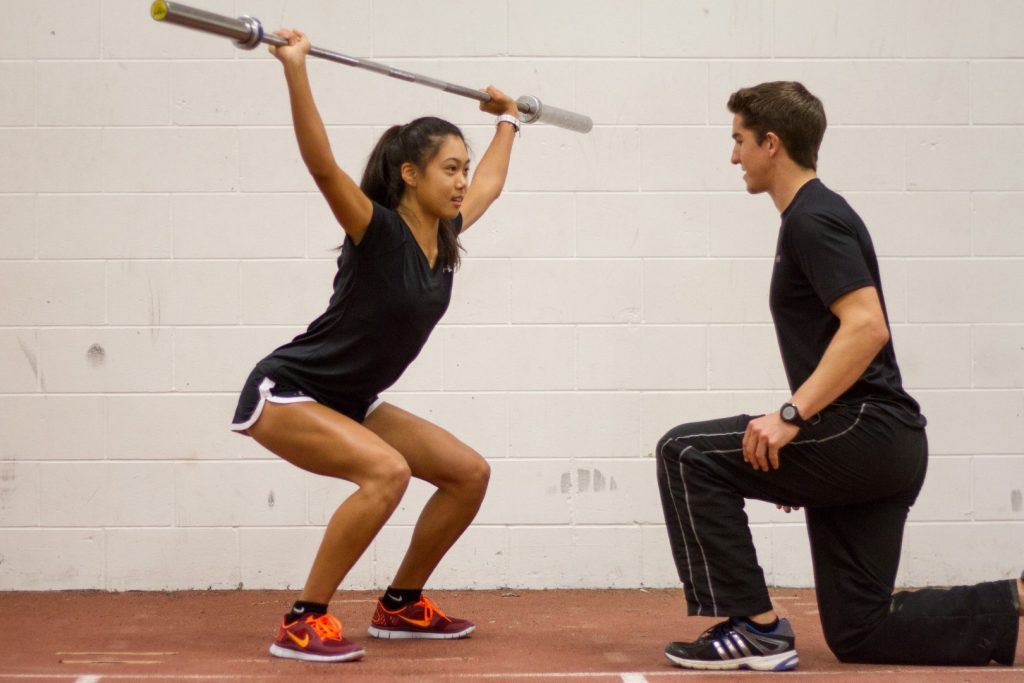
To achieve the movement pattern of the squat, you must:
- Plant both feet flat on the ground, hip-distance apart (or slightly wider) with your toes pointing outwards slightly
- Bend your hips, knees and ankles simultaneously to lower your body down
- Keep your chest up, lower back straight (that is, with its natural curves) and bodyweight in your heels during the up and down phases of the movement
Squatting is a movement that we use in our everyday lives – such a sitting in/standing out of a chair. So it’s fair to say that an inability to squat, especially as we age, can negatively affect our quality of life.
To progress your skills in this movement pattern, try providing some resistance to different areas of your body, for example:
- Front: Hold a dumbbell (Goblet squat)
- Back: Barbell squat
- Sides: Hold a dumbbell in each hand
Movement Pattern #2: Hinge
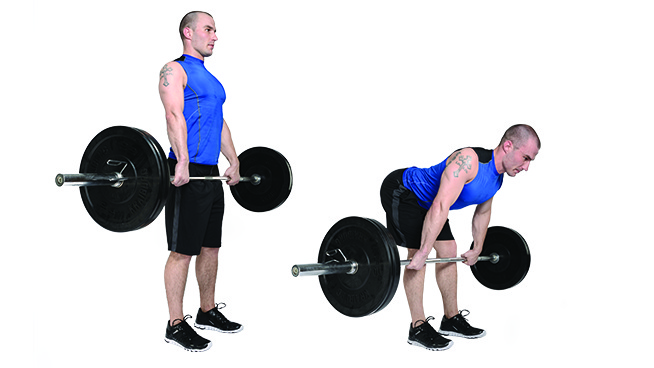
Hinging is a movement pattern where you bend your torso by tilting forward from your hips.
This is a very common day-to-day movement, as we use it to pick objects up from the floor, such as lifting up a heavy suit case or getting groceries out of the boot/trunk of your car.
Bearing the brunt of the weight on your hips, glutes and legs is the key to lifting a weighted object up in a bent over position.
To complete a hinge exercise, you must keep the position of your lower back neutral, with a slight arch, as you bend over to lift an object off the ground. If you round your back, significant pressure can be put on your intervertebral disks, which may cause a disk herniation.
Hinging exercises include:
- Barbell deadlifts
- Kettlebell Swings
Movement Pattern #3: Lift
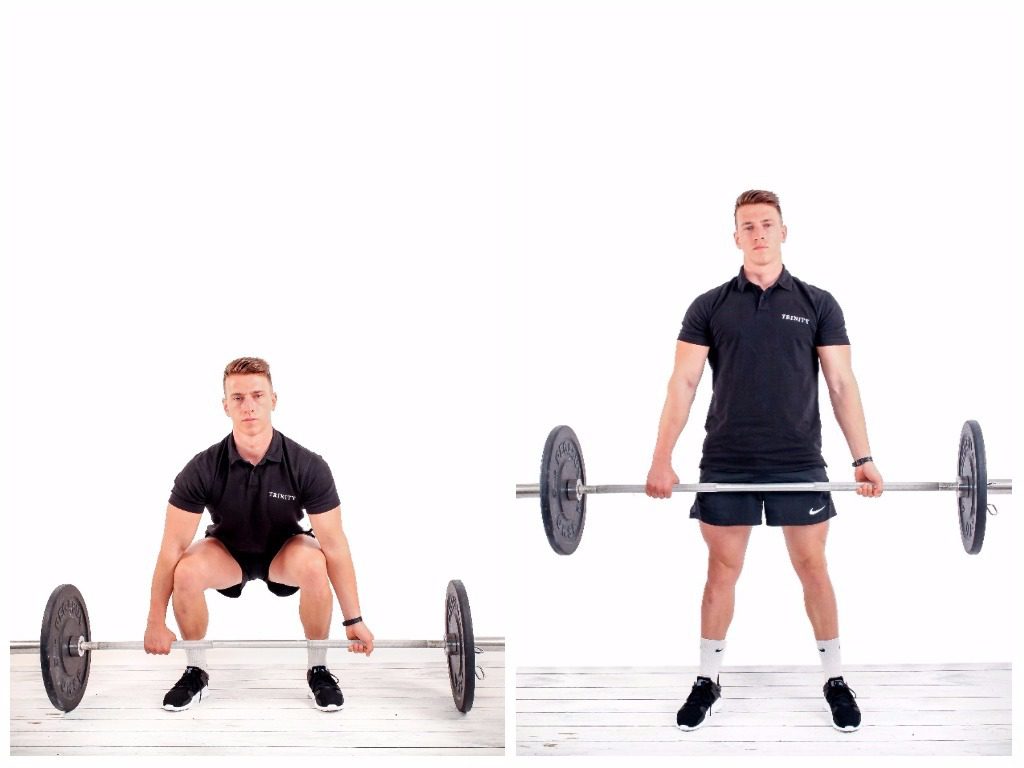
Lifting is a combination of a hinge and a squat. When you bend down you initiate the movement with a hip hinge. Once your hands reach about knee height you descend deeper by bending at the knees more and squat down. You then reverse this order while lifting the object. Examples of lifting exercises are barbell, dumbbell, or kettlebell deadlifts.
Movement Pattern #4: Push
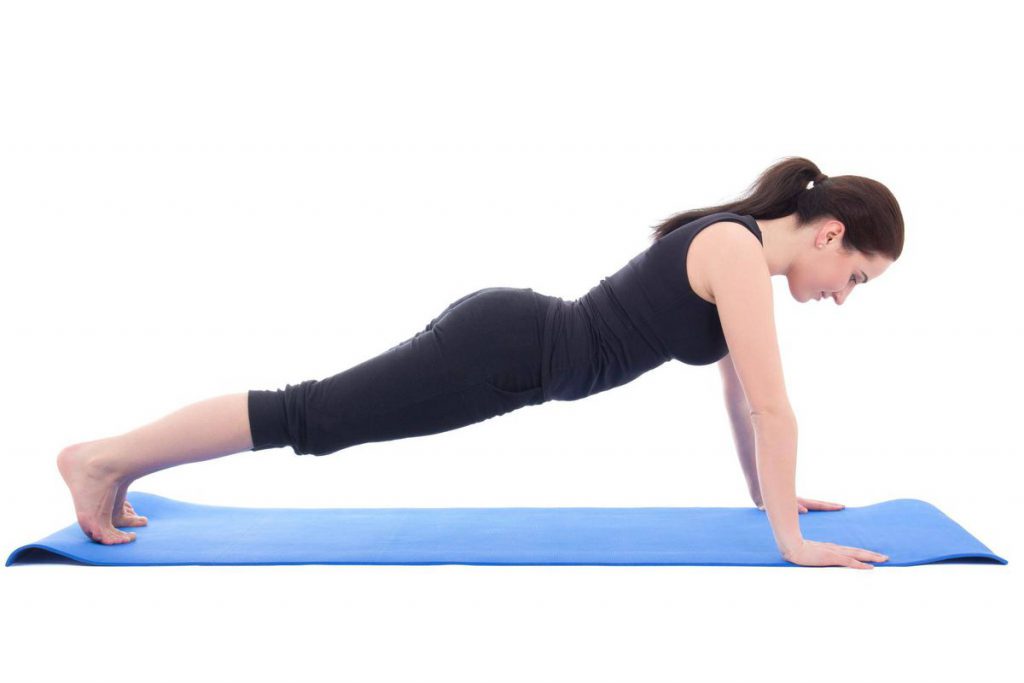
There are two primary types of pushing movements (1) vertical push and (2) horizontal push. A vertical push is a shoulder press where you press an object like a dumbbell vertically over your head. A horizontal push is pushing a weight away from your horizontally, or your center of mass away from the ground, like in a push up.
Movement Pattern #5: Pull
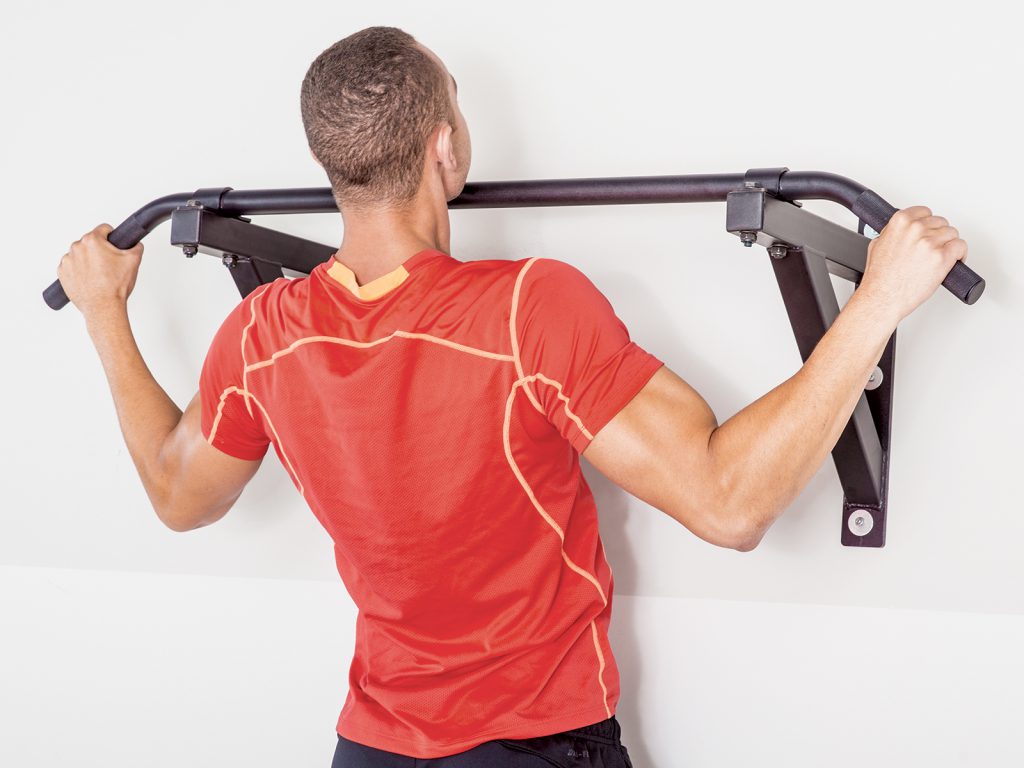
A pulling motion is the opposite of a pushing motion, in that you are pulling a weight towards your body, or pulling your center of mass toward an object, like in a pull up.
There are two primary pulling movements, a (1) vertical pull and (2) horizontal pull. An example of a vertical pull is a pull up, which is a classic exercise that develops strength in your back, shoulders, biceps, and even core. An example of a horizontal pulling motion is a single arm dumbbell row.
Movement Pattern #6: Twist
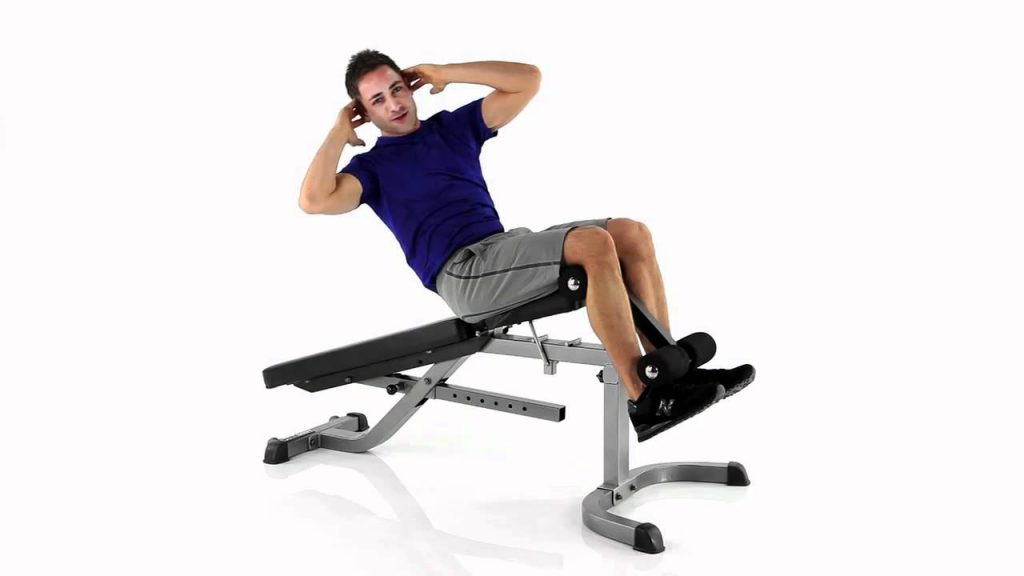
Of all the exercises listed so far, they are completed in two planes of movement, either forward, or to the side (sagittal and frontal planes). But there is a third plane of motion which makes exercise much more functional – the transverse plane, or a twisting movement.
If you think about reaching down and across your body, or throwing a ball, running, or even walking, most human movement has some element of a rotation involved. The problem, however, is that most exercises we do in the gym have no rotational component.
Rotational movements are basically twisting exercises, such as a standing cable rotation or a seated medicine ball twist. But, you need to be careful not to over-rotate your spine. When you rotate think about twisting your upper torso with your shoulders and arms just following along for the ride and not just moving at the shoulders without rotating at the torso.
Movement Pattern #7: Gait/Combination
Walking, jogging, or sprinting is called a gait, which requires pulling, lunging, and twisting motions to propel the body forward. Whether you are sprinting to catch the train, or walking in the park, gait is the most frequently used of all the movement patterns in our daily lives. We consider this last movement pattern as a catch all for dynamic human movement and combinations of movements. For example, jumping, cutting, crawling, and other movements and combinations of movements can be added to this category.
We just launched our new and improved Everyday Champion program for members that takes place in the AUT Millennium Gym. This is where you get 7 free sessions with a staff trainer. In your first session we will record your fitness goals, take measurements, and teach you all the 7 primary movement patterns described in this article. Please give us a call or stop in to schedule your appointment.

























